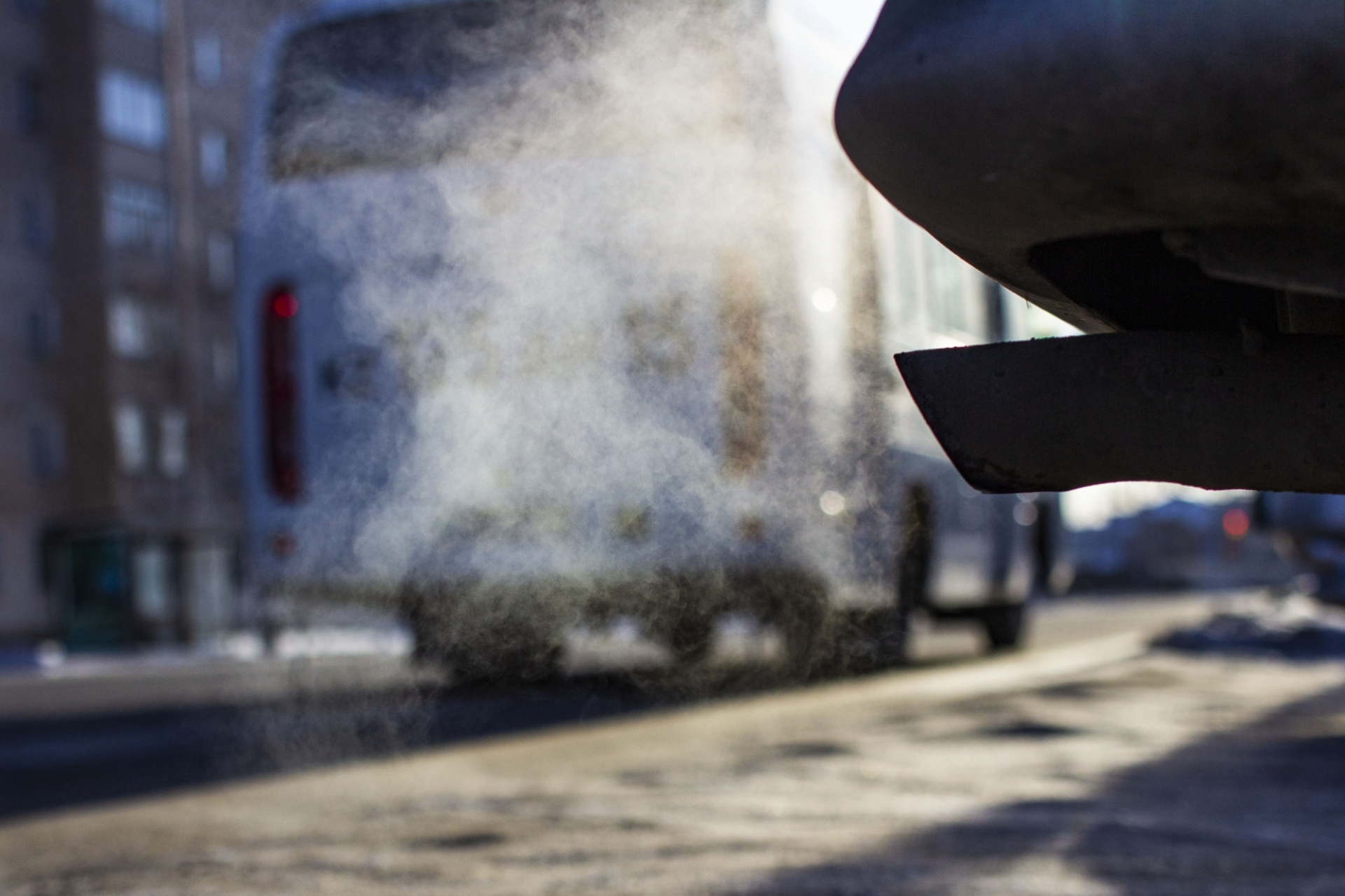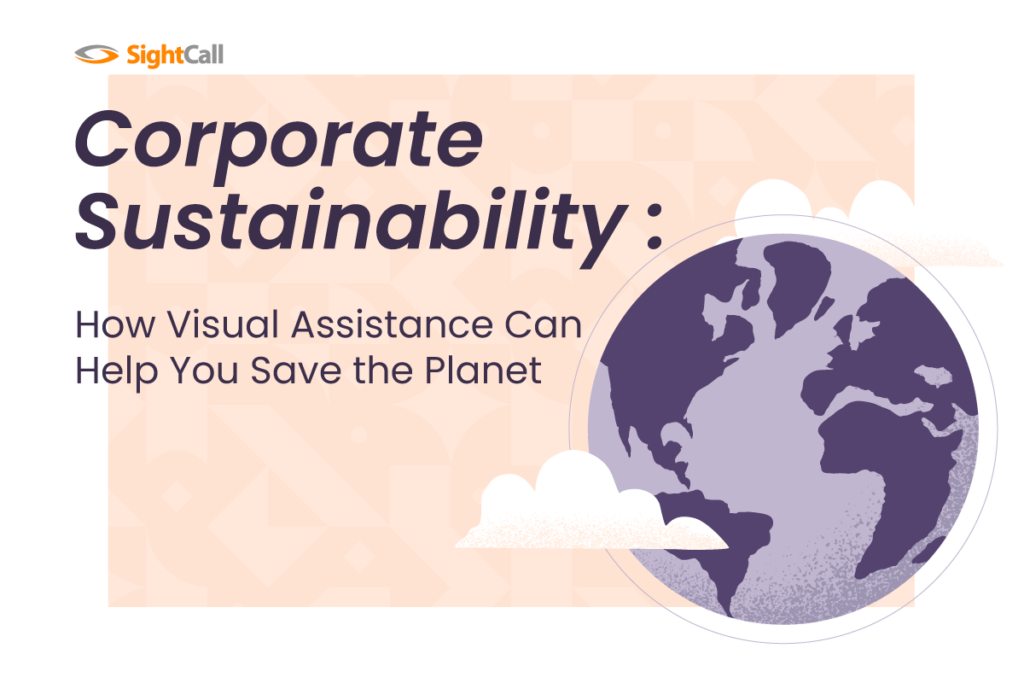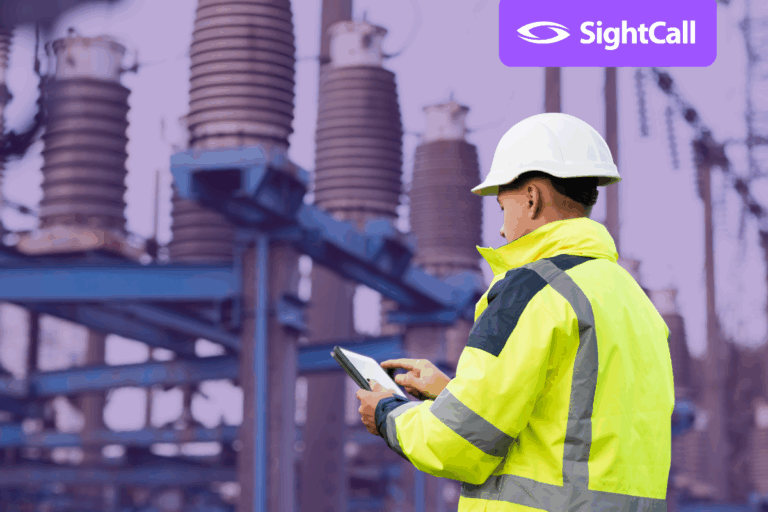COP26
The COP26 UN Climate Change Conference, hosted by the UK in partnership with Italy, took place at the start of November in Glasgow, UK. Leaders from across the world, including Joe Biden, Boris Johnson, Emmanuel Macron, Angela Merkel, and Justin Trudeau to name a few, have come together to discuss one of the biggest issues the world currently faces, climate change.
The planet’s average surface temperature has risen 1.18 degrees Celsius since the late 19th century, and it’s expected it will rise again by another 1.5 degrees in the next two decades. Most of this warming has happened in the last 40 years, with the last 7 years being the warmest on record, globally. In a 2018 special report by the IPCC, they warned that we have until 2030 to prevent the worst impacts of climate change on our planet. Yet since then, nothing has been done to reduce greenhouse gas emissions.
With the COVID-19 pandemic delaying the COP26 conference by a year, these world leaders have finally come together to establish a plan and declare their intentions on how they can collectively start to bring climate change under control:
- Over 100 countries, including the US, have pledged to reduce global methane gas emissions by 30% by 2030
- 100 of the world’s nations, including Brazil- home to the Amazon, have agreed to end deforestation by 2030 and pledge £14bn of public and private funds to do so
- UK big businesses will be forced to show how they will hit net zero by 2023, providing detailed plans to the Government
- 450 organizations controlling $130 trillion dollars, around 40% of global private assets, agreed to back “clean” technology, such as renewable energy
- At least 23 nations have made new commitments to phase out coal power, including six of the top 20 users: Indonesia, South Korea, Poland, Vietnam, Chile, and Ukraine
Greenhouse Gas Emissions
29% of global greenhouse gas emissions come from transportation, primarily from burning fossil fuels for our cars, trucks, ships, trains and planes. Road transport accounts for three-quarters of those emissions.
The average petrol car on the road in the UK produces the equivalent of 180g of CO2 every kilometre. In the US the average passenger vehicle on the road releases 650g of CO2/km.
In the western world, we have become increasingly dependent on using our cars even for very short journeys. In England for example, around 60% of 1–2-mile trips are made by car.
Using a car, van or truck is also common when we think about service organizations who need to carry out maintenance work at a site, install new equipment for a customer, inspect supply chains, or even when an adjuster is needed for an on-site insurance claim.
With a spotlight now on businesses to provide detailed planning on how they will reduce greenhouse gas emissions and act more sustainably as a whole, what can businesses do to make a quick and lasting impact on reducing their road travel?

Implementing Visual Assistance for a More Sustainable Business Model
Visual assistance technology is helping connect technicians and customers in the field to remote experts, who can guide them to fix issues remotely and avoid sending unnecessary support out into the field. Even when an expert is required to travel on-site, visual assistance enables remote diagnosis of the issue to ensure the right expert with the right skills and parts is dispatched- removing the problem of having multiple callouts for one issue.
The benefits of visual assistance are vast and include improving machine uptime, reducing the time it takes to train new technicians, increasing first-time fix rates, decreasing issue resolution times, and providing an experience that delights customers. But when we think about service organizations reducing greenhouse gas emissions, decreasing truck rolls and technician callouts is the benefit that really packs a punch and can help these organizations in their pursuit to be net-zero by 2050.
Using SightCall’s visual assistance, our service customers have been able to reduce costly (for both their bottom lines and for the planet) truck rolls by at least 50%. SightCall can now also provide its customers with monthly sustainability reporting through our new CO2 calculator, highlighting this reduced road travel and the impact it has on business CO2 emissions when using visual assistance. When we think about the mandatory sustainability reporting for UK and EU businesses coming into effect, this kind of regular and accurate sustainability data and reporting is like gold dust.
As COP26 comes to an end we will have to wait and see if the attending world leaders live up to their promises and drive the change that is so desperately needed. For those organizations who are looking to make a lasting environmental impact from today, SightCall’s visual assistance is the answer to a more sustainable business model that significantly reduces road travel, and with data that can be tracked and reported on regularly to meet these new requirements.



